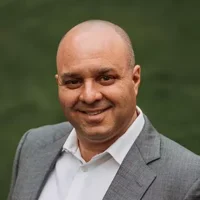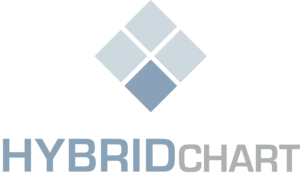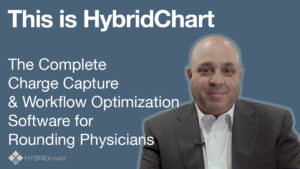The ticking of the clock can represent both an opportunity and a struggle for today’s practicing physicians.
The romantic view of a doctor’s role as a healer has been replaced with a much harsher reality: Mountains of paperwork, hours of data entry, and a struggle to reconcile the need to see patients with the administrative tasks that are a necessary evil.
A study by the National Institutes of Health documents the toll of this crushing reality: Of more than 14,000 physicians surveyed, the NIH found that burnout rates had risen in every specialty – with the top two reasons for this noted as “too many bureaucratic tasks” and “spending too many hours at work.”
For doctors trying to glide effortlessly through their daily healthcare workflow, the swim upstream is cluttered with impediments such as physician rounding, census management, and hospital discharge planning; charting and clerical work; and driving time for doctors who commute between multiple facilities.
Today, direct patient care now only accounts for 30 percent of total provider time. The Holy Grail? Finding a solution that claws back some of the 70 percent that is expended on non-clerical tasks.
Getting Back to Basics
Though new processes and software platforms help to alleviate the burden, solving the challenge of hospital rounding remains a seemingly uncrackable code. It is a resource-heavy, mainly broken process, which eats away at provider time like nothing else. The more hospitals you add, the more complex it gets. Pile on more providers, and the mess gets bigger. The result is a massive time suck for everyone.
How do we assure that the process requirements for hospital rounding and hospital charge capture do not become so burdensome that efficiency is severely impacted? One challenge is that hospital rounding has many moving parts. Clinicians participate in rounds at different times of day, depending on their schedules, and every day is different.
This unpredictability is compounded by the fact that census management is a moving target, shrinking and swelling by the hour. New patients being added to the list need to be conveyed to those covering. Patients being discharged need to be removed from the list so that no one wastes even more time hunting down a patient who has already departed.
Office Staff Are Burdened Too
As these challenges spill over, the office staff is forced to take up a growing proportion of the slack to keep rounds moving. Calls from the hospital tend to filter back to the schedulers or front office staff, who in turn need to figure out who is covering at that particular moment, and then communicate with them.
Practices can eat up precious FTEs managing this task. Provider communication accounts for a lot of wasted time as well. Practices that take the “fly by the seat of our pants” approach tend to spend enormous amounts of time texting and calling each other throughout the day. It’s a painful and efficient reality – that doesn’t need to be.
Charge Capture Software to the Rescue
Workflow and charge capture software, when used wisely, can bring order to the chaos — cleaning up these processes for physicians and office staff alike. Mobile charge capture software allows doctors to access a real-time, centralized list that allows for easy and fast charge capture at the point-of-care.
This greatly improves the visibility around hospital rounding – while allowing real-time assignment of providers to patients and delivering a built-in secure messaging platform so that communication is HIPAA compliant and incorporated into the overall workflow.
This immediate efficiency, sometimes referred to as “census management,” is one of the added benefits of charge capture for hospital rounding. This data can neatly flow electronically into your billing system – eliminating the need for cards or sheets or the risk that comes with manual data entry.
Adopting smart solutions like workflow management and charge capture can maximize provider efficiency by streamlining an inherently arduous process, refocusing time and energy on direct patient care.
https://hybridchart.com/wp-content/uploads/2019/11/HC-Logo-Primary.png
For A Better Hospital Rounding Experience
At HybridChart, we provide technology that connects your healthcare team, increases efficiencies, AND improves your bottom line. HybridChart’s cloud-based software adapts to your practice’s unique workflow and will improve your profitability and patient outcomes by utilizing our 5 features: charge capture, census management, secure messaging, discharge planning, and data analytics.
NEVER miss another charge and get PAID for the work you do!
If you are interested in taking your medical practice to the next level and want to employ the best hospital charge capture practice available in the industry, come visit our website at www.hybridchart.com, call us at 1-877-977-5544, or click here to schedule a demo today!







